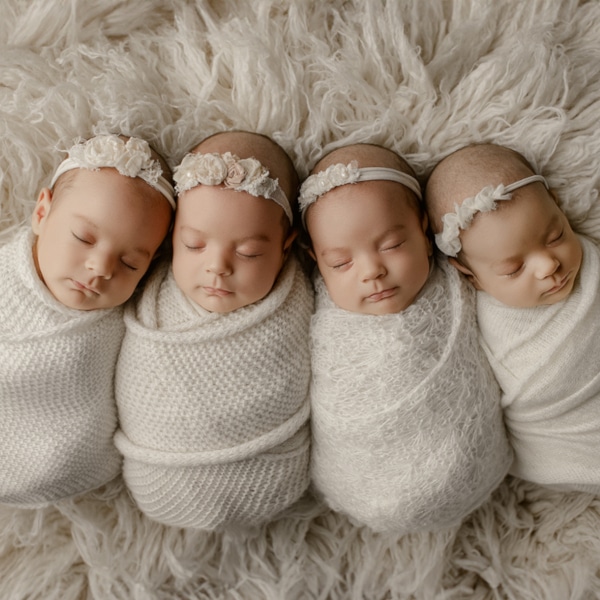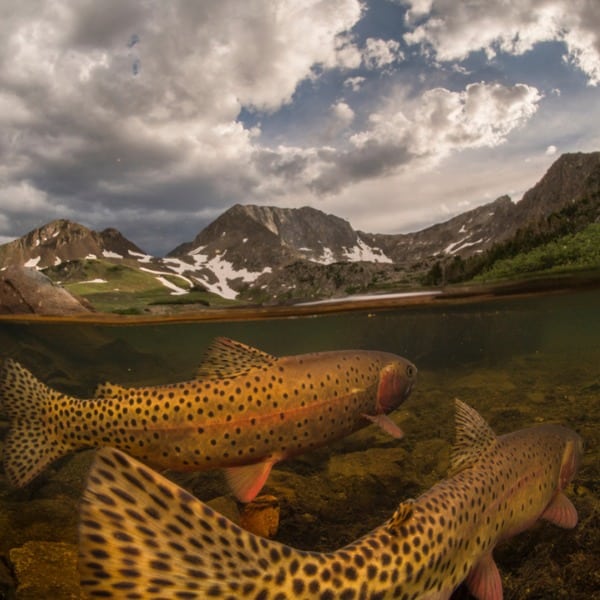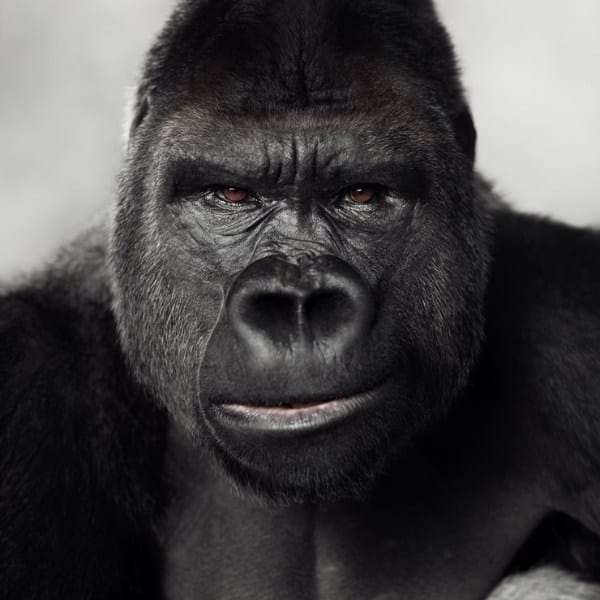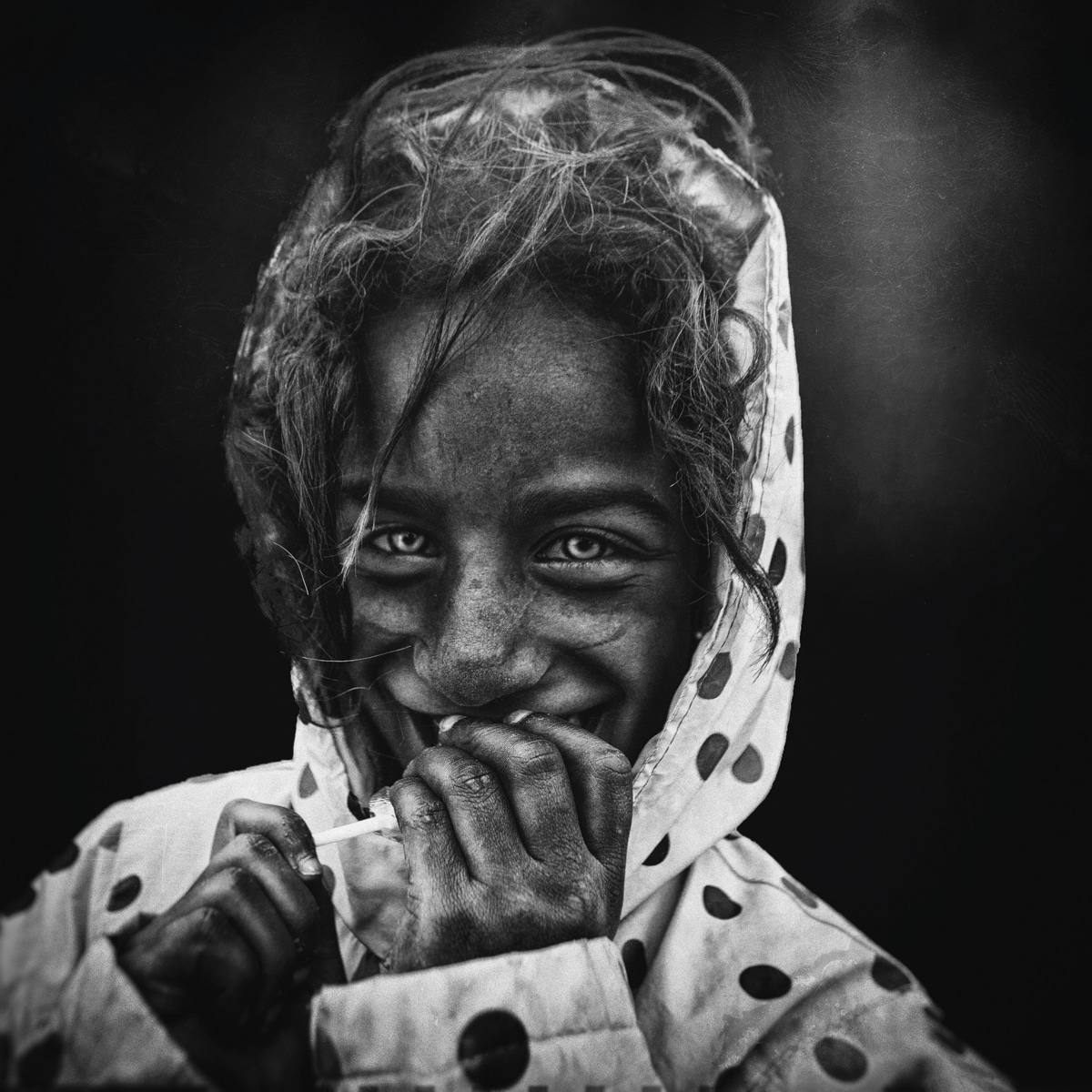
Algerian street photographer Imed Kolli uses his camera to form a connection with others. For the past seven years, he's used his creativity to study the human condition, often focusing on people who live on the fringes of society. The results are haunting portraits that capture the spirit of these models, who are all just ordinary people that Kolli encounters.
Playing with light and shadow, Kolli creates dramatic images in a style that is instantly recognizable. At times, he uses light and shadow to emphasize the features of his subject. In other moments, he uses these elements to cloak them in darkness and heighten the emotional impact. All of this is in an effort to visually recreate the emotions lived during the photo shoot.
We had the chance to speak with Kolli about his creative process, including how he goes about making his subjects comfortable and his motivation for taking these portraits. Read on for My Modern Met's exclusive interview.
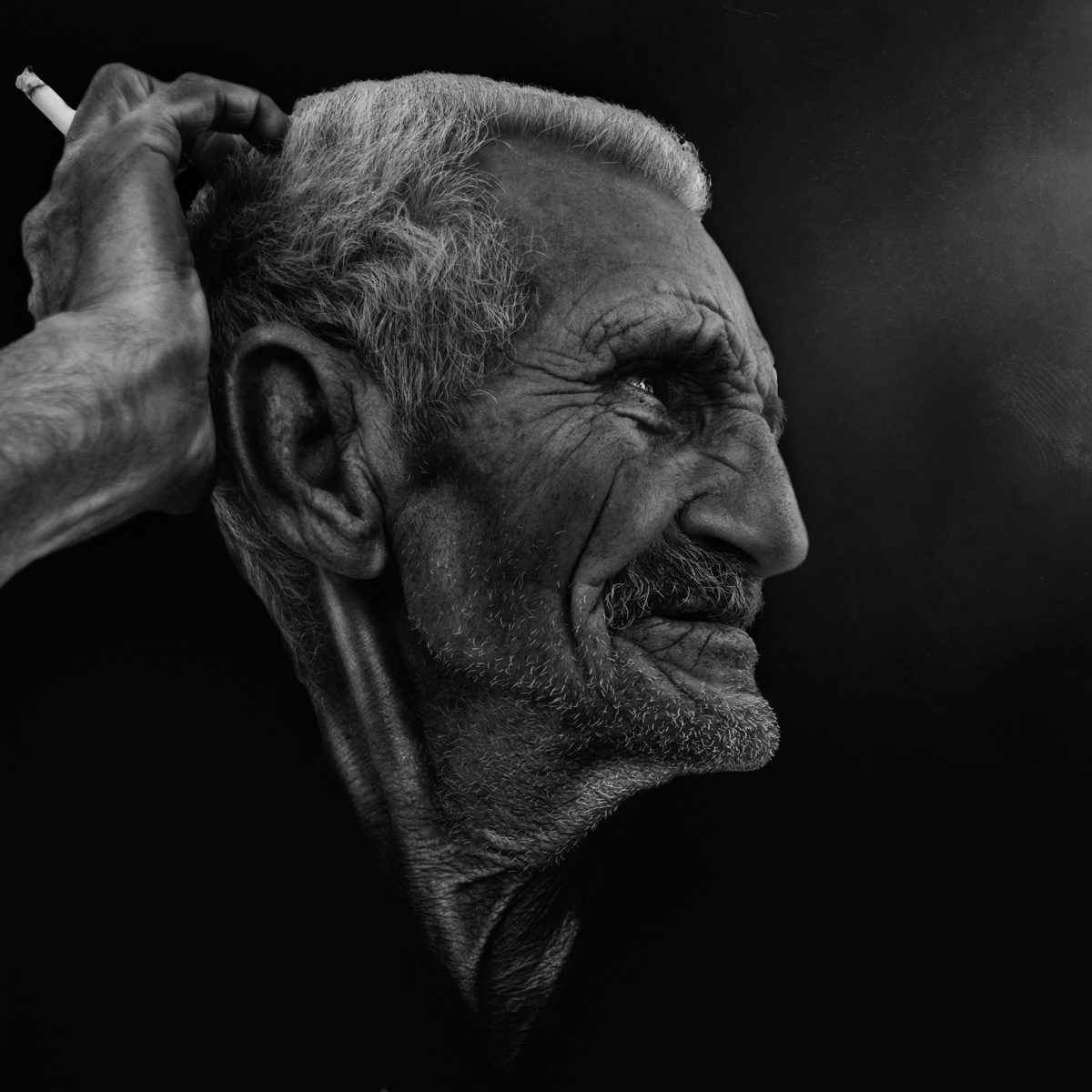
When did your interest in photography begin?
By the time I was 16, my real education came from observing what was happening around me and observing that richness doesn't come without struggle. I was looking for a way to translate what I was seeing with my eyes and photography became my voice in this very big, confusing world. I started to realize that photography has the power to change your perspective on life and surprise people with something they don’t usually see and sometimes they don’t have any idea existed. It began to push my life in a dramatic direction towards telling the larger story of what it means to be a human, so I bought my first camera and that was the beginning.
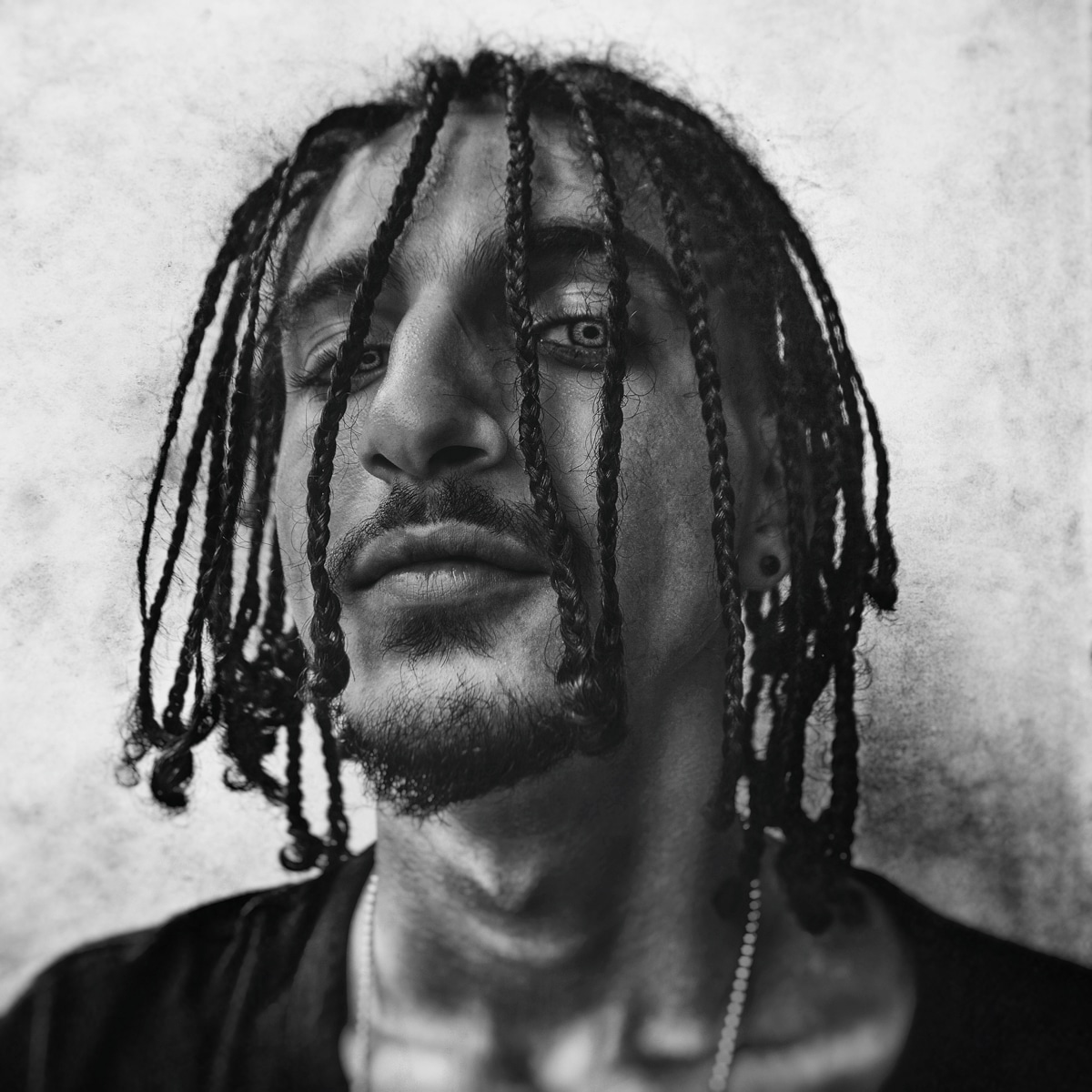
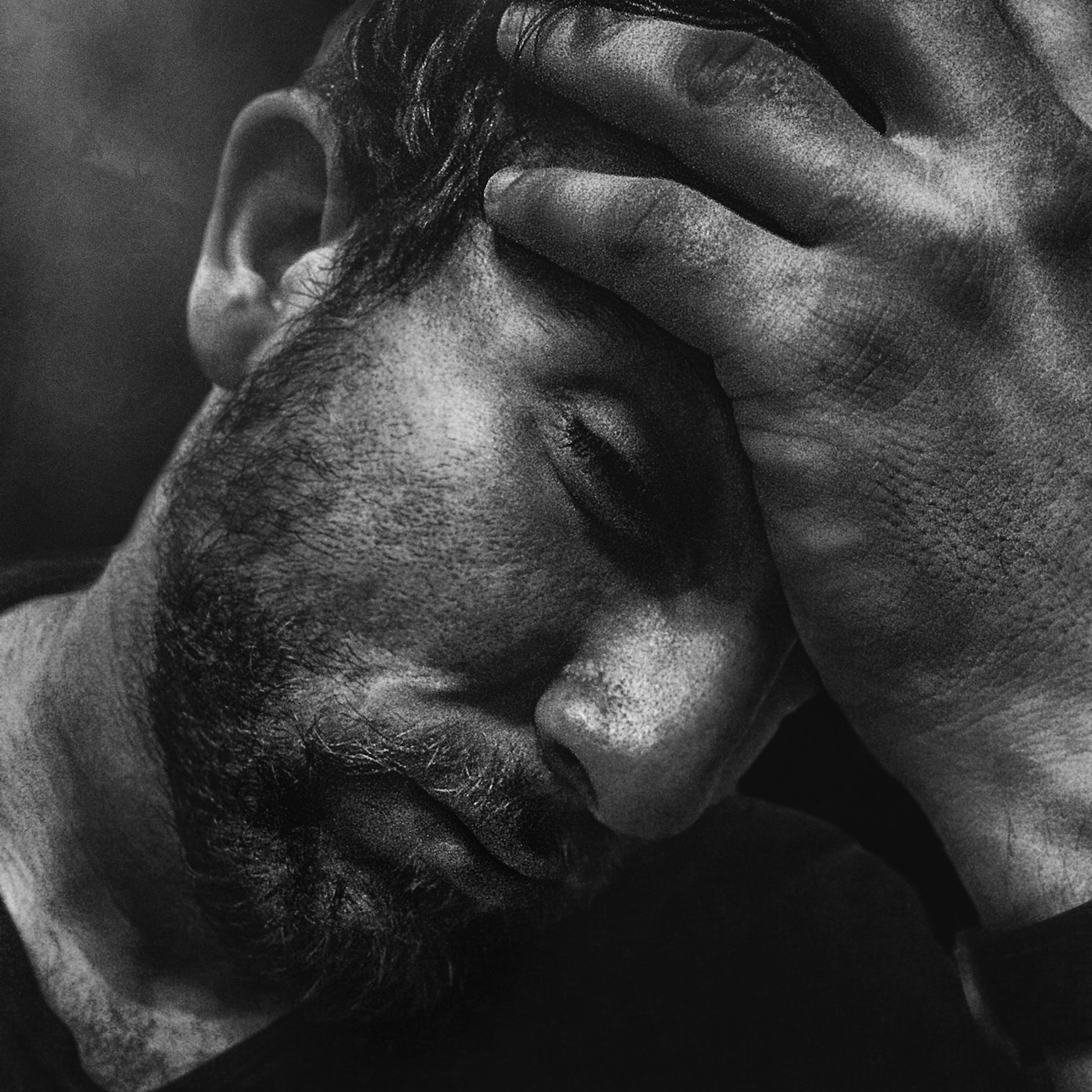
Why do you choose to shoot in black and white instead of color?
It's often about dramatic situations or viewpoints. Drama is created in pictures in lots of ways. You will find that I use black and white and light and shadow when I need a physical way to enforce emotions, faith, empathy, spirituality, and even hope.
This means not only paying attention to colors, shapes, lights, shadows and so on, but also observing my subjects and how they appear and act as well. Knowing the environment did help in preparing for that moment. I devoted myself to shooting entirely in black and white. I decided to go with monochrome for the experiment because black and white photography has always resonated with me, personally, in a deeper, more emotional way than color. I processed, predominately through dodge and burn, to develop the mood of my subjects. It’s the pose and looks that attracted me most to take the photograph in the first place and this is always the starting point for the emotional element of the image, I believe.
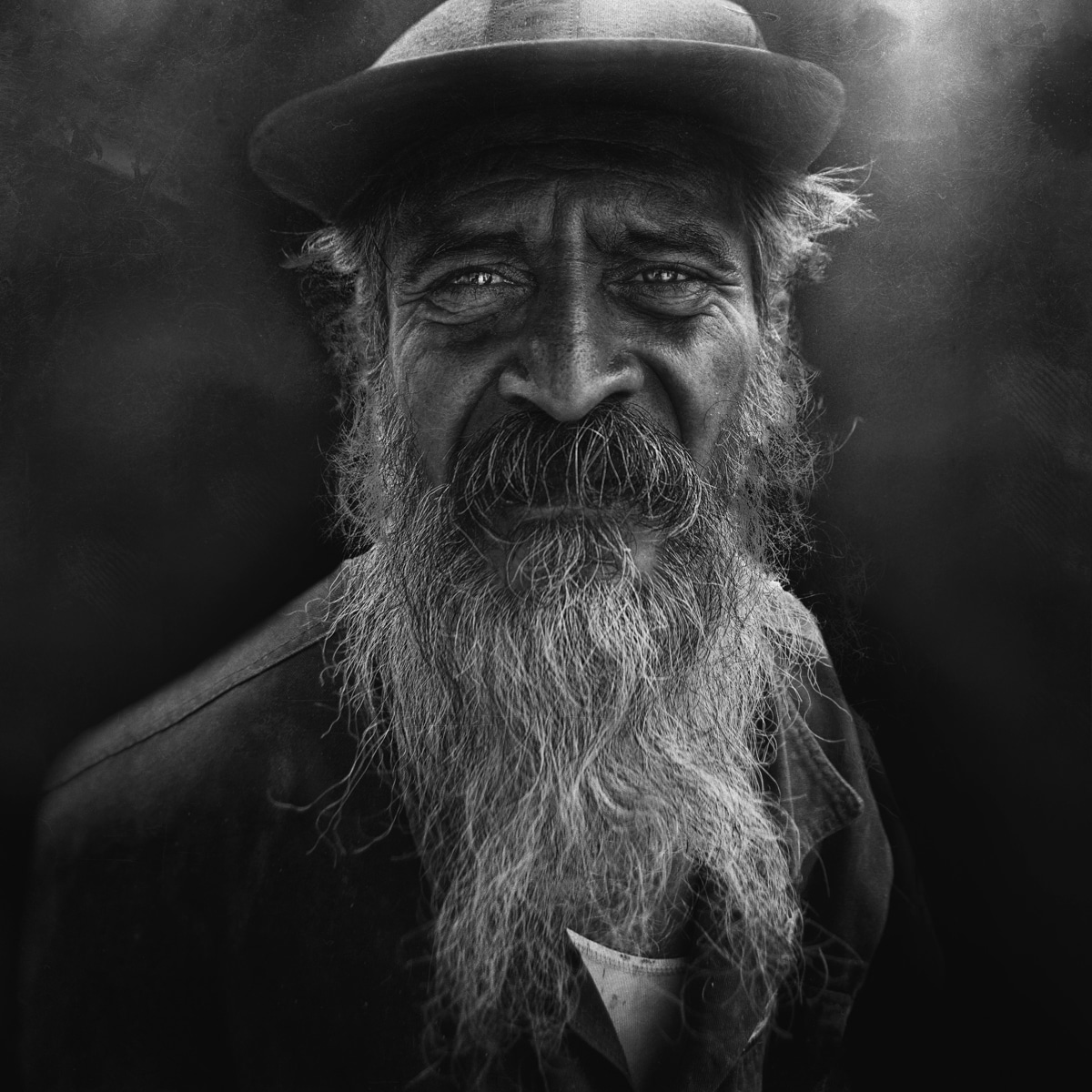
What inspired your series Humanity in Black and White?
I wander the streets looking for strangers and when I see what I feel I have found in a person, I want to make a connection with them. Loneliness, laid bare, is a very powerful stimulus. It’s never been about shooting a photograph though. The relationships I establish are self-fulfilling in many respects. My pain is somehow desensitized by understanding theirs. The recognition in a stranger's eyes is instantaneous and I truly believe I’m accepted the way I am because they see the same emotion in me. I’m very much an empath. I say to people, that in a strange way, I fall in love with everyone I make a connection with. I’m very much project-based, so I have to go to an area and immerse myself in the community.
It’s emotionally challenging at the time; but it's in post-production, when I’m alone again, when I feel that they sensitize my own pain. The deep personal connections I make with the people I meet always makes a lasting impression on me. The images I produce are the final piece of the journey. I channel everything into them. My faith, my love, and my humanity.
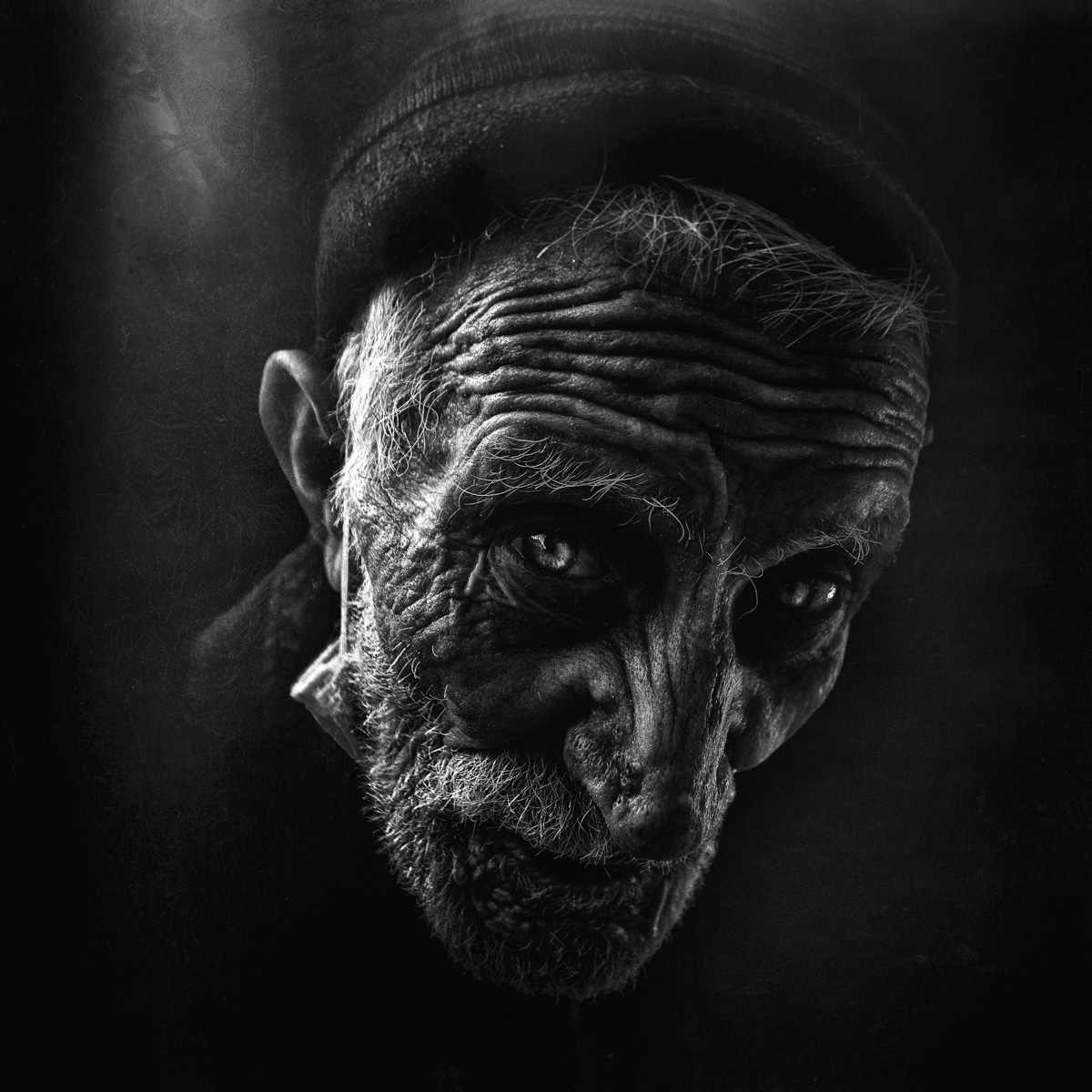
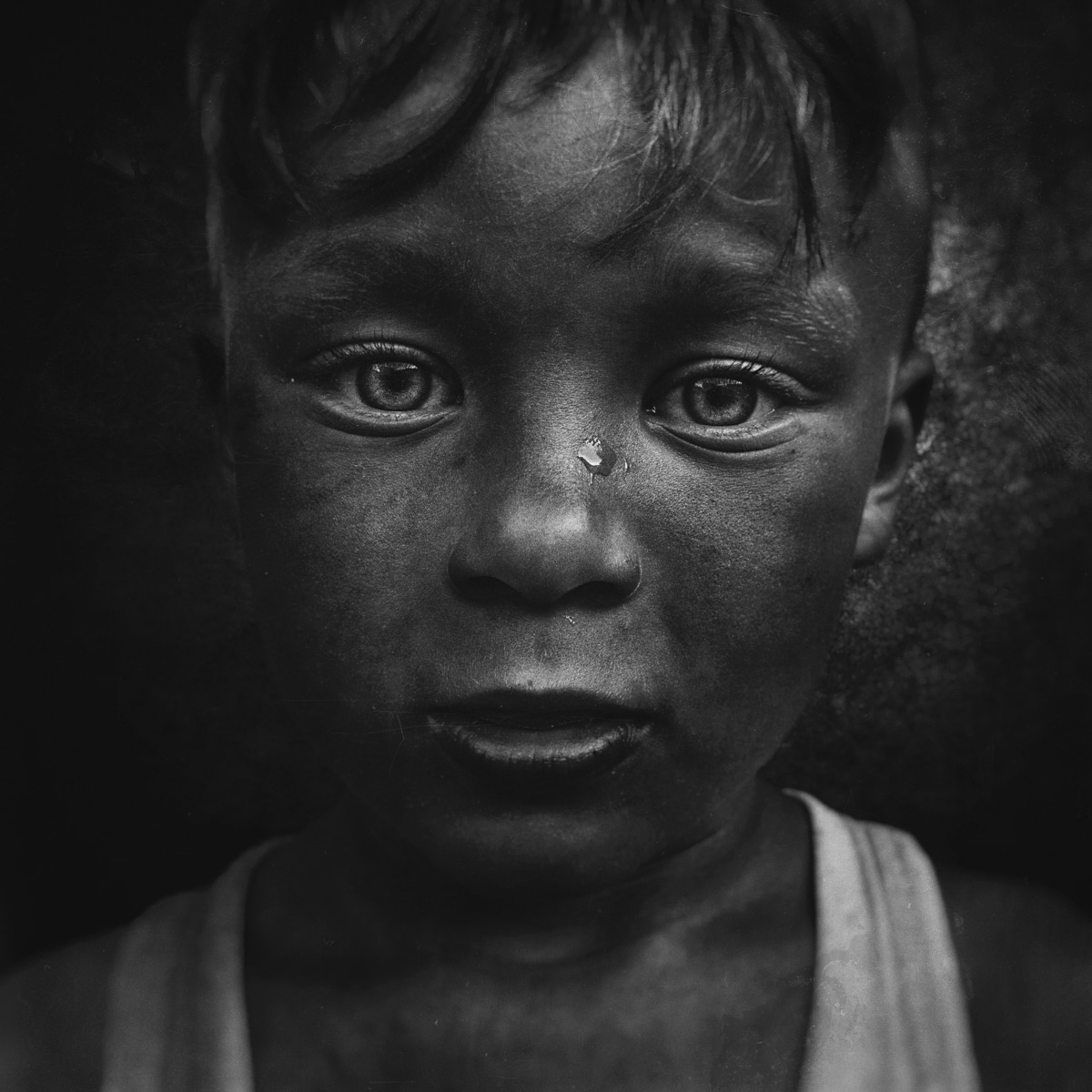
Your portraits are particularly inspiring. How do you find your subjects?
The subjects that I met coincidently during my journeys in my life are the models in my photography. They were easy to find, but difficult to photograph. They live in poorer neighborhoods which could be quite dangerous and risky to get involved in. To me, the most important thing is being aware of the environment around me.
In an effort to make intimate portraits, I tried to connect with each person on an individual basis first and have this kind of human attachment before pulling the release button. My lack of experience as a photographer sometimes worked to my advantage. My blurred, half-lit images both fascinated and frightened my audiences. These photographs contrasted sharply with images of children. It was quite difficult to convince their homeless parents that their son is beautiful and he definitely needs a photograph.
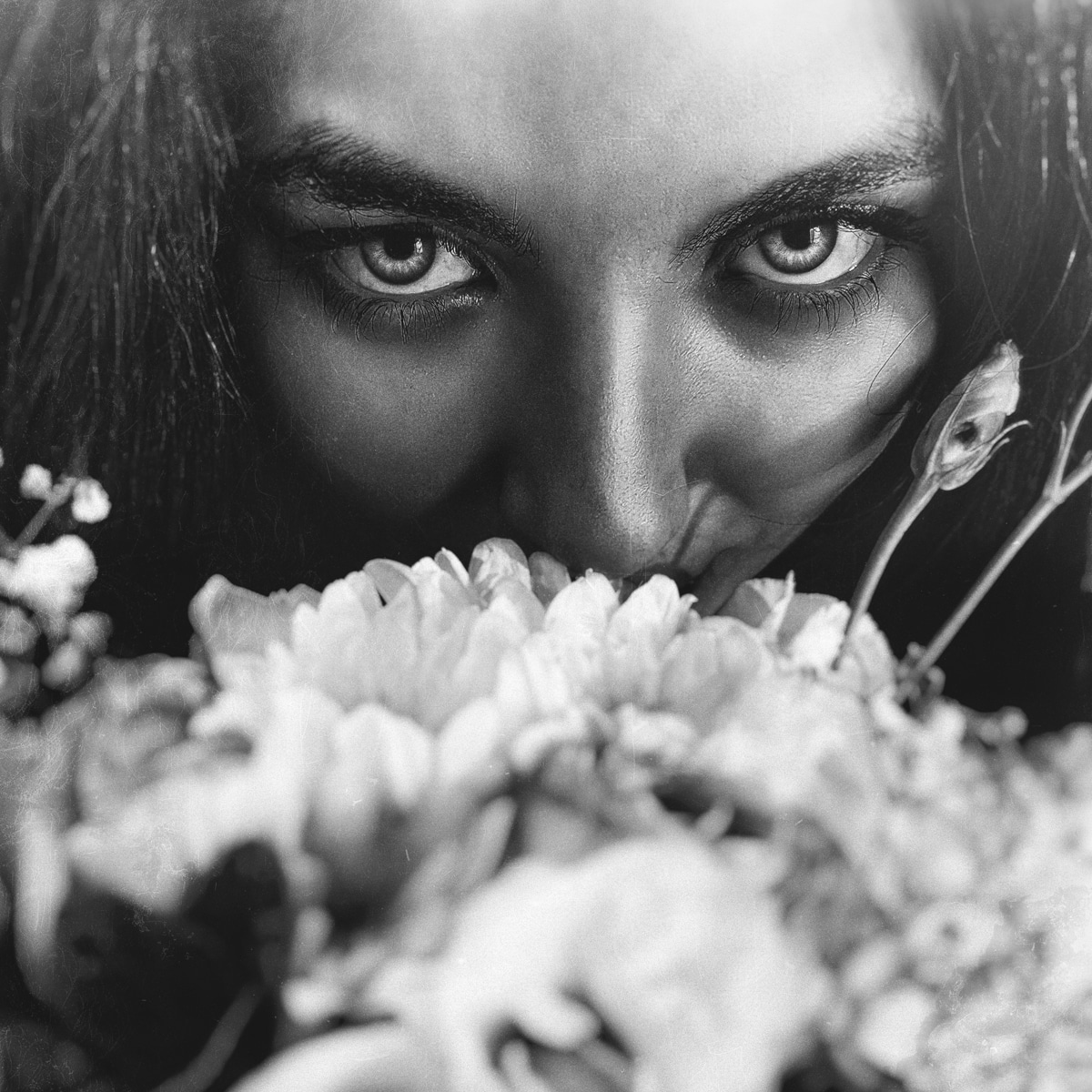
What do you do to make them relax?
The singular emphasis of making a human relationship and making my subjects more comfortable by every approach I do is spontaneous and full of love and far away from exploitation. I try to introduce myself properly first and ask them some regular questions like “how's your day?”
I feel like I know them through their spontaneity that clarified their state of mind. What I do is photograph emotions, but what interests me most is developing a personal relationship. I’m photographing the initial moment when I lay eyes on that person and it is taking me through the building of a relationship with the individual to get back to that starting point.
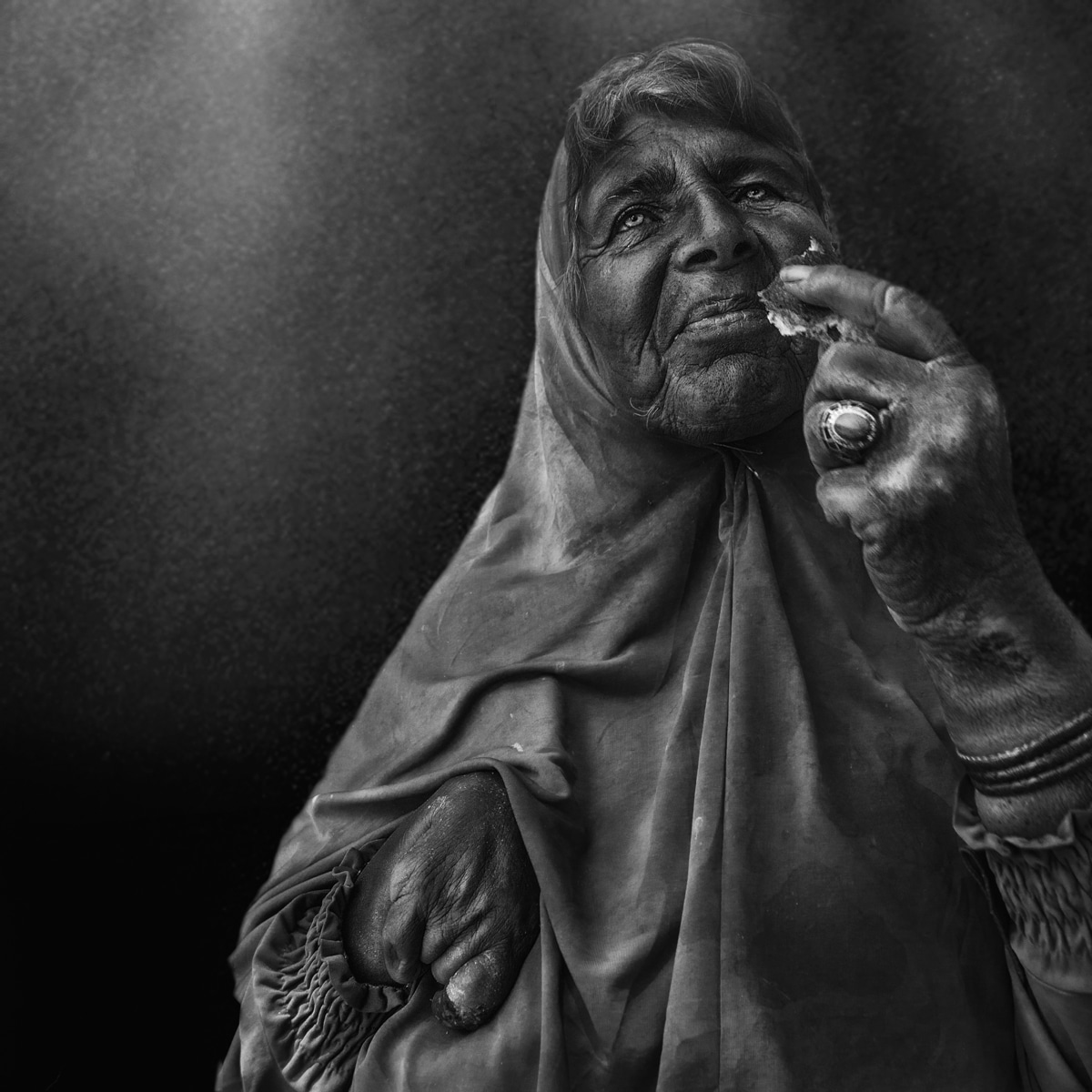
What do you hope that people take away from your photographs?
There was a great stigma with these kinds of people having rough circumstances and the struggles that my subjects had to endure during their existence. Despite the fact that they all have this sort of gloominess and this extremely unfortunate life, I found them so uplifting and inspiring, there was no self-pity whatsoever, there was this sort of joy and the pleasure of being alive despite the fact that they were in these seemingly terrible situations. Somebody who has that kind of resilience to be able to still have a smile on their face is what attracted me in some sort of emotional way to document their lives.
It is a powerful spiritual iconography by which I intend to give them a glimmer of light in their eyes, to bring joy to their broken hearts, to give them hope, to honor them for surviving the cruel struggles they have been through, to make them believe that they matter, that they are a human being, and that they are not forgotten.
My images are intended to resonate with the viewer on a spiritual and human level and I try to pack in the metaphysical attributes that tell their own story. I try to provoke an imaginative and intelligent response from the viewer with a purely visual reference.















































































